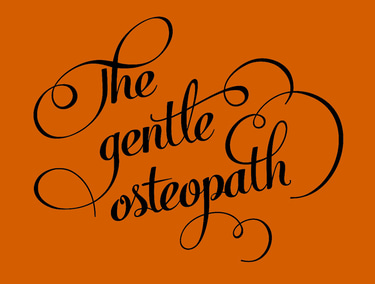
In the clinic, I have seen patients often reporting the following issues relating to the ear: -
> Ear pain
> Fluid build up in the ear which can affect hearing
> Noises in the ear
> Inner ear issues affecting balance -> see the section on balance
Commonly, fluid builds up in the middle section of the ear, behind the eardrum. This can cause a range of symptoms:- distorted hearing, a blocked ear or if its not resolved it can lead to ear pain. This occurs in both children and adults but the incidence is higher in children. When referring to a build-up of fluid in children’s ears it is commonly called “Glue Ear ”.
Ear
Glue Ear (Otitis media)
In a normal situation, the eustachian tube drains fluid from the middle ear to the back of the throat. Glue ear occurs when there is a build-up of fluid in the middle ear which can occur when the eustachian tube is blocked or has poor fluid drainage. This condition is common in children under the age of seven because the eustachian tube is virtually horizontal and drains poorly until the face elongates. It is not wise to fly with Otitis media without consulting a doctor because clear eustachian tubes are required to equalise the pressure inside your head to the changing cabin pressure, otherwise you will experience ear pain during take-off and landing.
What you feel: You may feel your ear is blocked, hearing can sound muffled, as the pressure builds you may experience sharp pain coming from the eardrum, in some cases, there can be an associated fever. Often Otitis media it's noted after a cold.
What is happening: Inside the ear there are two tiny bones that transfer the vibrations of the eardrum to the inner ear. If fluid builds up in this area it affects the way these bones move, distorting the sound or significantly reducing it. If there is enough fluid in the middle ear it can push on the inside of the eardrum, causing it to stretch and bulge outward, causing pain. Often with the fluid trapped behind the eardrum, there can be an infection in the fluid which may explain the fever that sometimes accompanies Otitis media..
How I might treat this. Cranial osteopaths are well aware of the need to have good movement in the cranial bone structure. This cranial movement helps to move fluid around the head[i]. Techniques I might use, articulation, myofascial release, balanced membranous tension, cranial osteopathy and possibly soft tissue techniques to loosen the muscles of the neck to promote drainage
Noises in the ear (also known as tinnitus)
Typically, the erroneous sounds heard in the ear are either a high pitch whistling (tinnitus) or a low-frequency thumping sound(Pulsatile tinnitus). Both of these sounds are abnormal and should be discussed with your health professional and not ignored. However, these noises are typically life-threatening.
Low-frequency thumping sound in the ear (Pulsatile tinnitus)
What you feel: You will hear a thump……..thump…….. in your ear. Often only one ear is affected and can be worse when laying down or exercising. If you can find your pulse (in your wrist below your thumb) the timing of the thumps will match your pulse.
What is happening: The thumping sound is an indication that the blood is not draining from the head as quickly as normal. The point where the blood drains from the head is just behind the ear so as the heart pumps more blood the increased pressure in the blood vessels behind the ear which we hear as a thump.
How I might treat this: The first thing is to check your blood pressure as it can be high with you knowing it. These sounds can occur due to tight muscles in the neck, which can be easily checked. However, I find the most common issue is a restriction in the movement of the bones of the skull. Cranial osteopaths are well placed to check all these things. We may use soft tissue techniques to loosen the neck muscles or cranial techniques to improve the movement of the cranial bones.
High pitch or whistling sound in the ear (Tinnitus)
What you feel: You will hear a whistling or a ringing sound in your ear, typically it occurs in one ear but it can be both. The level of sound varies for individuals, but most people first notice it when trying to go to sleep when the room is quiet. Although the sound you hear is real, it's being created by the nerves in your head, you will hear it clearly but others around you will not be able to hear it. Tinnitus is not normally a sign of a serious health issue but when its constant or at a loud level it can be emotionally draining, so it's good to talk to your health professional.
What is happening: Tinnitus is a symptom, caused by dysfunction in the audio processing of the ears and the brain. More research is needed to identify the exact tissues that are causing the problem. In many cases tinnitus can be linked to the following: - hearing loss in older people, ear or sinus infections, thyroid abnormalities, disease in the blood vessels, hormonal changes, manières disease, medications and sometimes the cause of tinnitus is unknown[1].
How I might treat this: At first, it would be good to work with your doctor to exclude the more serious possibilities and medication issues. A cranial osteopath can work to improve the blood flow and nerve function which may help relieve the severity of the tinnitus. This could involve correcting cranial bone movement, and soft tissues of the head, jaw and neck regions.
